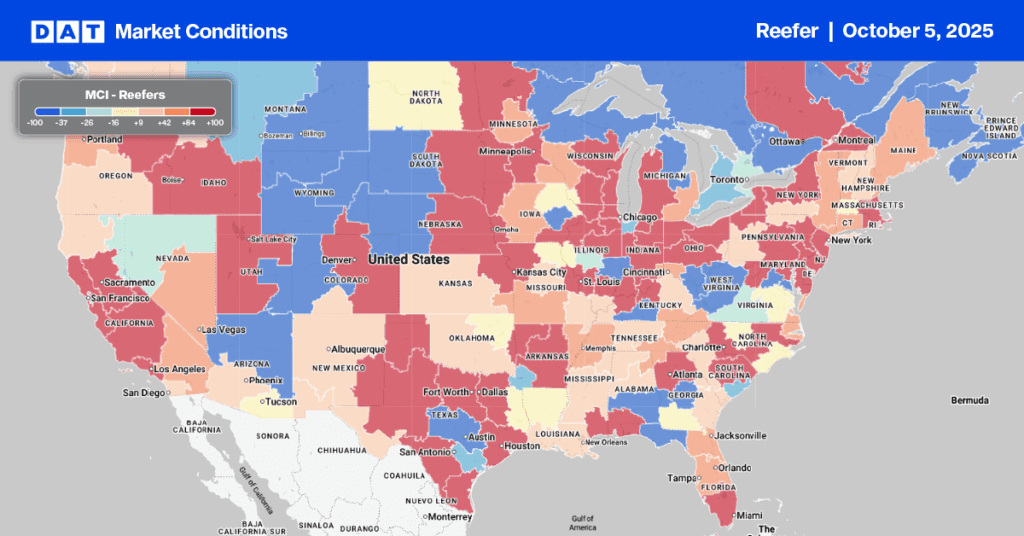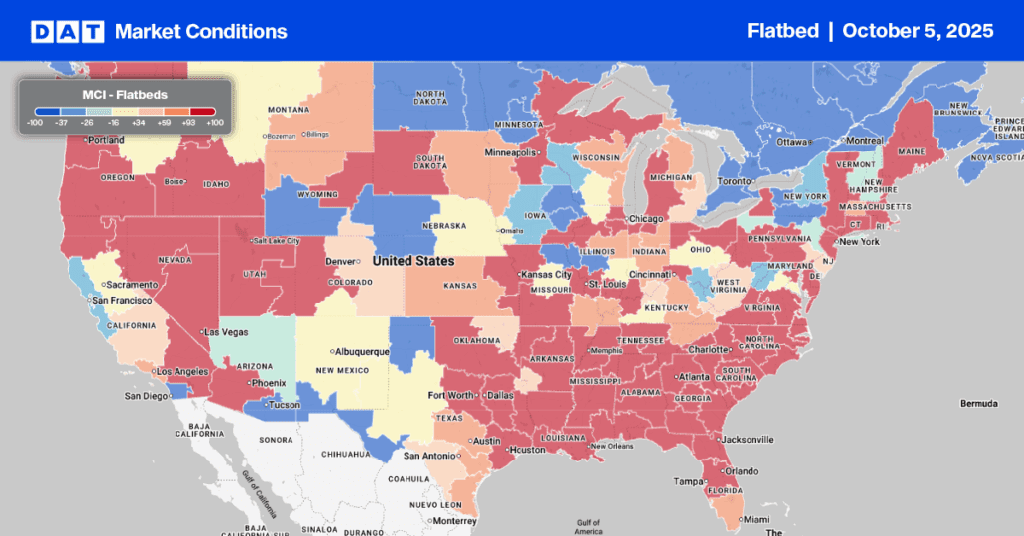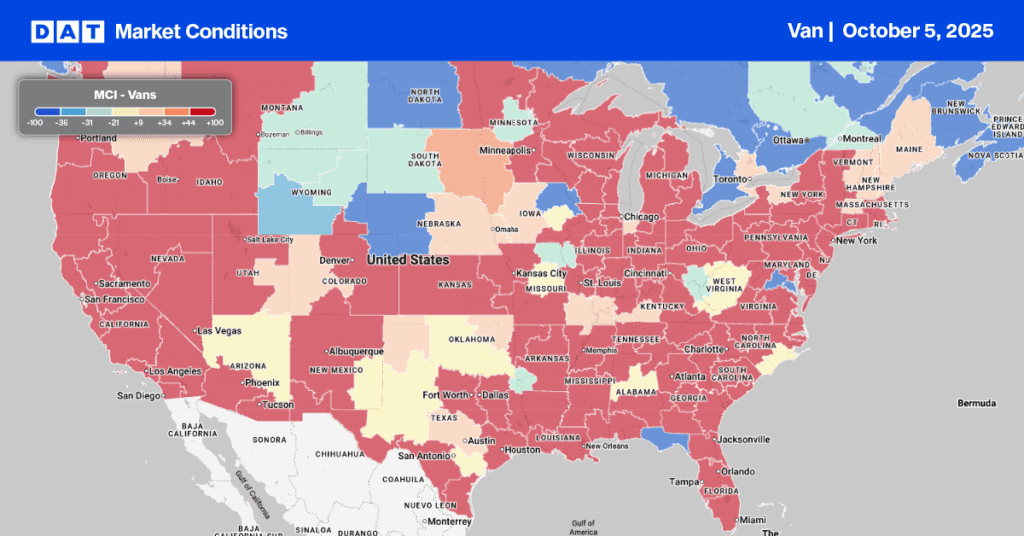From a freight market perspective, we’re at the starting line for the 2022 produce season, which begins in Florida with fruits including strawberries and winter vegetables and then moves north to Georgia and parts of South Carolina. A chain reaction for higher reefer demand over the next three months results in spot rates for both dry vans and reefers peaking around July 4 each year.
One of the more critical dates on the annual produce calendar is the Vidalia Onion “pack date,” signaling the start of the produce shipping season. Each year Vidalia Onion devotees eagerly await the announcement of the pack date or time shoppers will soon be able to purchase the product, which is only available for a limited time each year. The date is determined each year by the Vidalia Onion Committee (VOC), composed of industry members, agriculture scientists, and the Department of Agriculture, based on soil and weather conditions in South Georgia. This year’s pack date is set for April 12 and usually runs through to the end of August.
Get the clearest, most accurate view of the truckload marketplace with data from DAT iQ.
Tune into DAT iQ Live, live on YouTube or LinkedIn, 10am ET every Tuesday.
Where do onions come from anyway?
The U.S. imports around 13% of annual onion tonnage — 56% from Mexico and 38% from Peru. Mexico shipping volumes peak in March and usually run through to the end of June when the Peru season ramps up and continues through March each year. In the U.S., onions grow in or near many of the same regions as potatoes, so it’s no surprise to see states including Washington, Idaho, Oregon, and California at the top of the list. Washington state produced around 29% of the annual crop in 2021, according to the USDA, followed by Idaho (16%), Oregon (14%), and California (11%).
Georgia, home to the Vidalia onion, ranks number seven with an annual market share of 4%, but unlike other states, it has a much shorter 16-week shipping season from now until August. In the Pacific Northwest (PNW), onions ship from August until March or April. In between the Georgia and PNW onion season, New Mexico and California reach their harvest peak, providing a constant year-round supply of onions for the U.S. market.
Demand for reefers begins to heat up.
Onion growers in Georgia typically face stiff competition from neighboring South Carolina peach growers each summer, peaking in June and July. The combination of the two crops simultaneously sets up a situation where capacity begins to tighten at the start of April each year and then extends right through to the July 4th holiday break.
Over the last five years, national average reefer spot rates have increased by $0.22/mile between now and Independence Day. Except for 2020, spot rates for outbound loads from South Carolina and Georgia increased by $0.70/mile on average during these 13 weeks and over the last five years have averaged $2.72/mile excl. FSC by the time Independence Day rolls around.
Will we see the typical Independence Day bump in spot rates this year?
As we start April, reefer capacity is loosening rapidly in most markets, with national average spot rates
dropping by $0.30/mile in the last four weeks. In the Savannah market, home to the Vidalia Onion crop, reefer outbound spot rates have fallen by around $0.20/mile in the last months, with loads from Vidalia, GA, to Chicago down $0.10/mile compared to the time last year. Loads north to New York City are currently at $3.37/mile excl. FSC is around $0.50/mile over the same timeframe. There is an expectation that higher demand reefer demand during produce season should halt the recent decline in rates. Time will tell.


